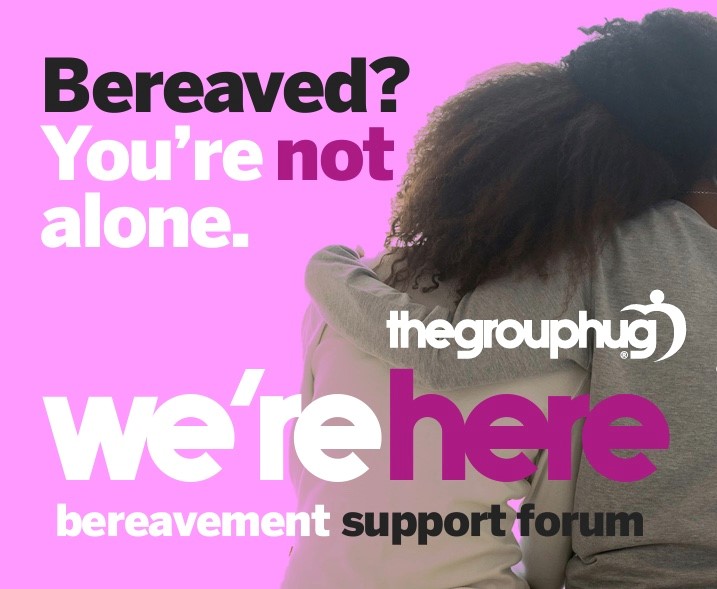Cartmel
The beautiful historic village of Cartmel is on the Cartmel Peninsula in Cumbria, less than 3 miles from the coastal town of Grange-over-Sands and close to the beautiful Lake District National Park. Cartmel is on the Furness train line from Barrow in Furness to Lancaster and is recognised internationally for its delicious sticky toffee pudding.
What to see and do in Cartmel:
- Cartmel Priory Church – enjoy the splendour of this medieval church with its beautiful stained glass windows and carvings. Sometimes hosts orchestral and jazz performances. The Priory Church of St Mary & St Michael, Cartmel, LA11 6QD.
- Priory Gatehouse – now owned by the National Trust, this is a private residence which for a few days each year, opens to the public to view the Great Room. The Square, Cartmel, LA11 6QB
- Cartmel racecourse – home of one of the smallest and most picturesque racecourses in the UK, racing started here by the priory monks and today, races are still held during Spring and Summer months.
The Racecourse, Cartmel, LA11 6QF - Segway off road tour – take a Segway tour around Cartmel with Lakeland Segway, Cartmel Car Park, LA11 6QB.
- Food heaven – savour the renowned sticky toffee pudding and other delights in Cartmel’s many eateries.
Are you looking for a family law expert near Cartmel?
Progression Solicitors – Kents Bank Road, Grange Over Sands, Cumbria, LA12 7AF – “We are happy to advise on the divorce process and the steps needed before issuing divorce, together with financial matters arising as a result of your separation. No case is ever the same when it comes to dividing assets in divorce and no set formula applies when calculating the division of income and on-going maintenance.”
Shirley M Evans – 5 Lowther Gardens, Grange-Over-Sands – 015395 35208
Livingstons Solicitors, 9 Benson Street, Ulverston, Cumbria, LA12 7AU – “When a marriage breaks down it can sometimes be best to bring matters to a conclusion as quickly as possible and to divorce straight away. However, this is sometimes not possible or is not the best course whether for emotional, legal or financial reasons. We will explain the options available to you and discuss with you the consequences of each of them. If necessary, we will act on your behalf or, where appropriate, refer you to mediation.”
What is the process for getting a divorce or dissolution?
When a couple divorce, a lot depends on how amicable they can be and it is worth bearing in mind that it doesn’t matter how furiously you try and divorce you will probably end up at the same conclusion. If you cannot work things out, then the matter will have to go through the courts to decide the fairest outcome.
Other things to consider will be assets, did one party acquire theirs thorough inheritance, did one spouse have an asset before the marriage? Also taken into consideration will be whether or not there are children and their ages. If there are children, it can become irrelevant how assets were acquired if one party needs those assets to be added to “the pot” to, for example house themselves and the children. All paths must lead to being a happy co-parent.

There are many paths you can take to get to the end goal, which is for the court to formally end your divorce or civil partnership and for both parties to be able to move on with their lives. For both of these types of legally formalised relationships, the process is similar, if not the same so we’ll refer to both as “divorce”.
You need to be married for at least a year before you can start divorce proceedings. If you have not reached this point then you could apply for an annulment or opt for a legal separation, which can also be referred to as a judicial separation. Successfully getting a marriage annulled is very rare, so you might find it easier to wait it out and divorce when you reach the point of a year. The process can be slow and you may find yourself over the year mark before any annulment anyway.
What is the reason for your divorce?
To proceed with a divorce you have to first decide on which of the five reasons you are going to use to prove that the marriage has “irretriveably broken down”. Then, you need to complete the court application which is called the divorce petition. If you do it first, you will become the petitioner with your spouse taking on the title of the respondent. There are new divorce laws coming into play in around Autumn 2021 which will mean that there can be a joint application if a couple wishes.

The dissolution of a civil partnership and the dissolution petition
With a civil partnership, one party lodges a document called a Dissolution Petition with the court, along with any applicable fees. The petition sets out the details of the civil partnership, the details of the couple, any children and the grounds or reason for the dissolution. If there are children, then a Statement of Arrangements for Children will detail who the children live with, where they go to school etc. The court “issues” the petition when it has received it; the petition is stamped and a copy is sent to the other party and they are also known, as in divorce, as the respondent.
On receiving the petition, the respondent has to acknowledge receipt of the document within 7 days, by completing a form called an Acknowledgement of Service. The court sends a copy of this form to the petitioner for their records. Again, as in divorce, if the respondent agrees to the petition then it is called undefended or uncontested but if it is defended or contested, then the respondent has 21 days to file an answer to the court.
